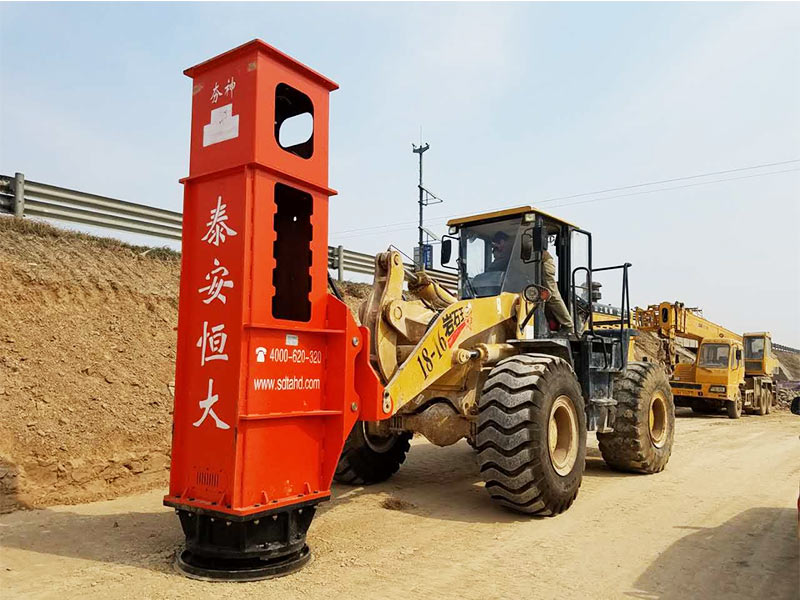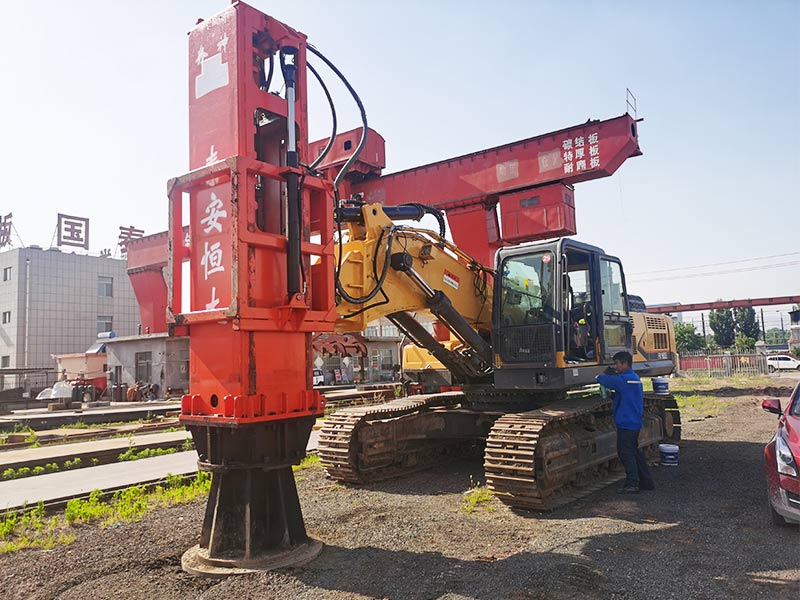update time:2022-09-15 09:18:29
Views:1368次
Rapid impact compaction suits to ground improvement in small spaces. As an example, we can apply thi...
Use of RIC will result in an increase in soil density, stiffness, and angle of internal friction as measured by an increase in SPT N-value, CPT tip resistance or other means of insitu test. The recommended approach is to determine what level of improvement is desired and discuss that required improvement with your technical representative for feasibility. For example, a 2-story commercial light industrial structure is to be constructed on a site underlain by up to 10 ft of existing sandy fill soils. SPT N-values range between 4 and 8 blows per foot (bpf) in the fill. The geotechnical engineer’s correlation between SPT N-Value and soil stiffness for footing settlement analyses indicates that an average N-value in the fill needs be 10 bpf. The geotechnical engineer would perform settlement analyses using the foundation sizes and loading provided by the structural engineer to confirm that the footings will perform acceptably if the fills are improved to 10 bpf. A review of the borings logs indicates that this level of improvement is achievable with RIC. The geotechnical engineer would then complete his or her report with a recommendation that RIC be used to compact the fills in place and that an N-value of 10 bpf will be required.

It is possible to compact the ground near an adjacent site with rapid impact compaction. Rapid impact compaction suits to ground improvement in small spaces. As an example, we can apply this technique within or next to existing warehouses. In such cases, we monitor very carefully vibrations in adjacent structures during rapid impact compaction.

The bearing capacity of the soil is increased after it is treated.
Minimizes settlement to a greater extent and provides uniform support for a floor slab or foundation footing, while controlling vibrations to 2 inches per second within 30 feet of the drop point.
Rapid Impact Compaction consolidates the soil immediately instead of using a surcharge to consolidate the soil under a static weight.
Loose fills or soils can be consolidated immediately without the need to replace the soil.
When the soil is treated by Rapid impact compaction, the stiffness of the upper 10 feet of soil affects the lateral load capacity of a pile. By densifying the upper layers, the lateral load capacity is greatly increased.

How does RIC compact the road base?
Rapid Impact Compaction with the Rapid Impact Compactor (RIC...
What is the best way to compact soil?
Rapid Impact Compaction (RIC) is an innovative dynamic compa...